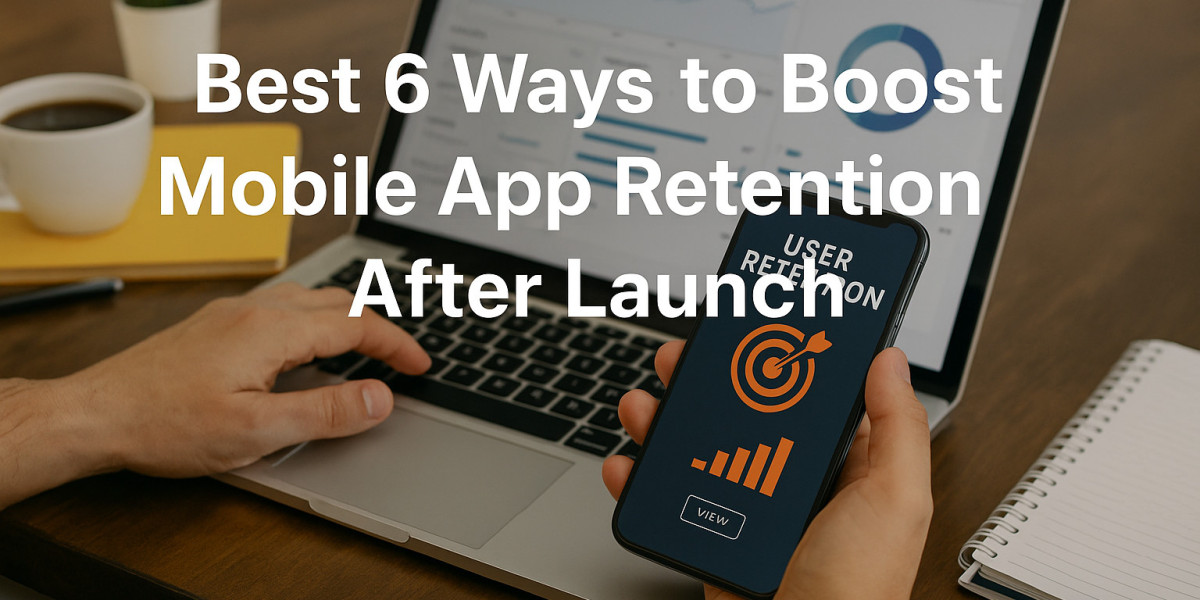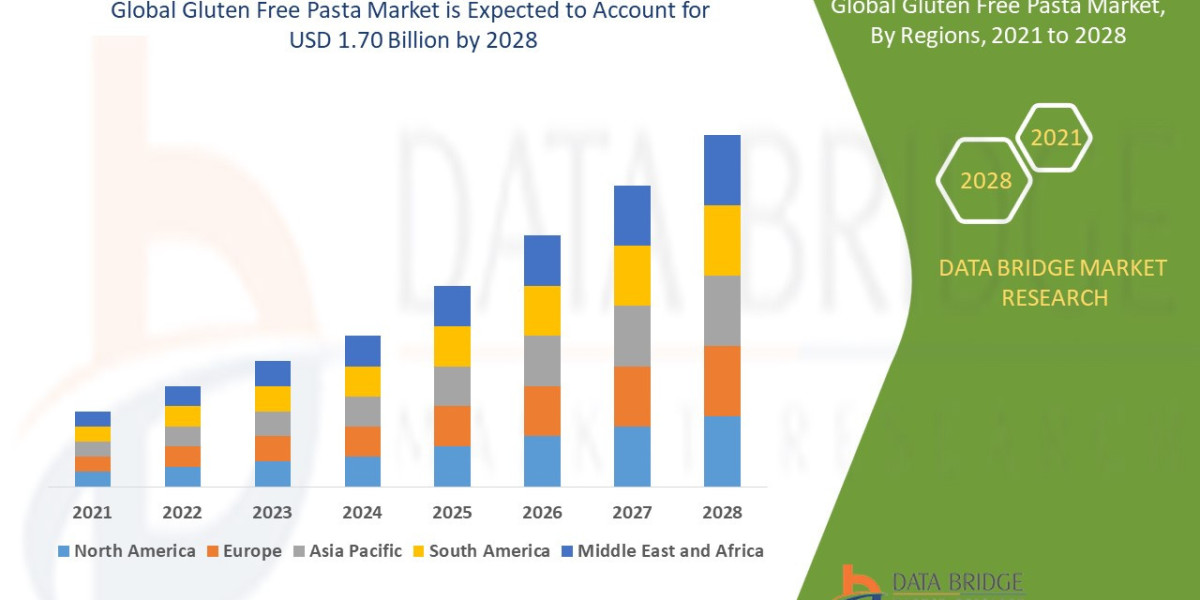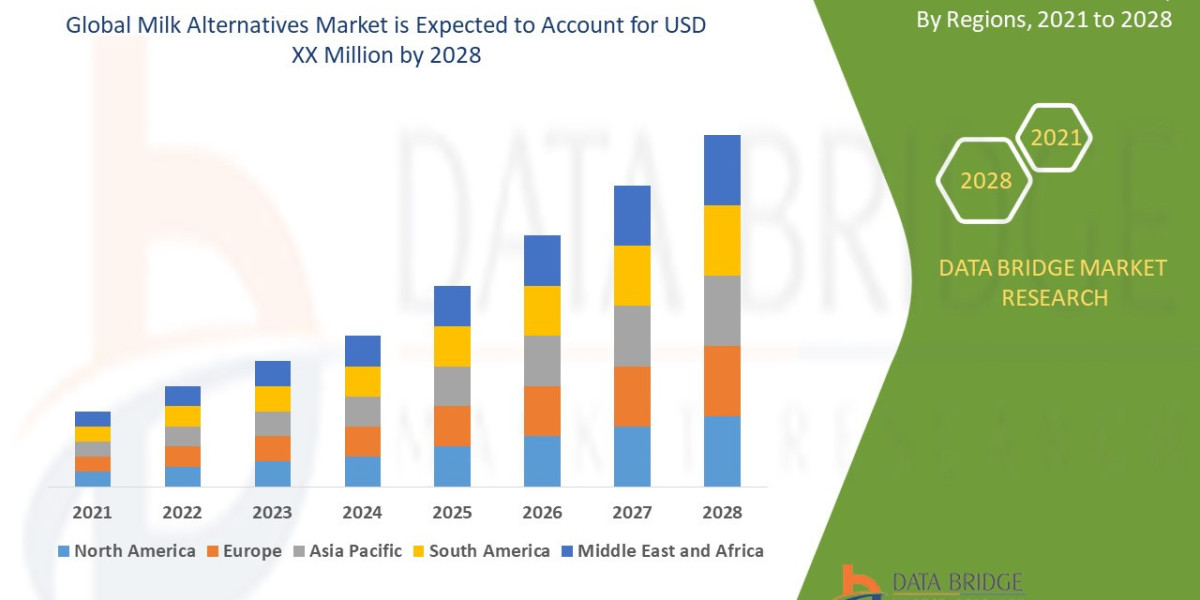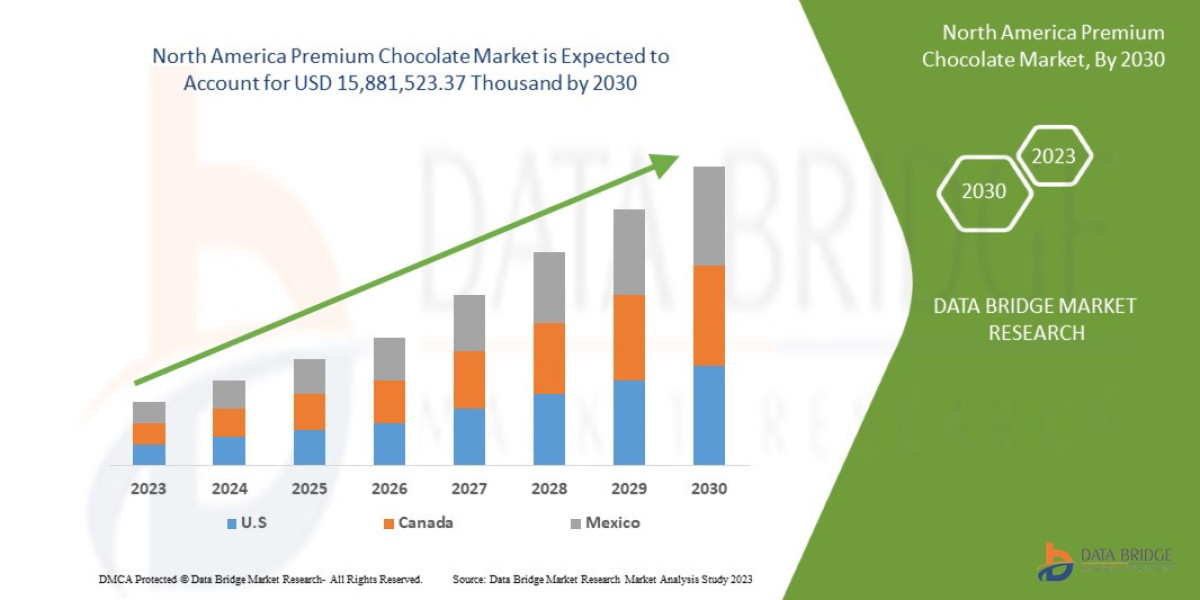In the fiercely competitive mobile app ecosystem, simply launching an application is no longer enough to guarantee success. The real challenge—and the key to long-term viability—lies in what happens after a user downloads your app. Statistics show a staggering percentage of users abandon an app after just one use, making user retention the single most critical factor for sustainable growth. A high retention rate signals that your app provides genuine value, solves a user's problem, and keeps them engaged over time. But how do you prevent users from becoming part of the "app graveyard"?
This article will explore the six most effective strategies to boost mobile app retention after launch, providing a comprehensive guide for developers and businesses alike. From the initial user experience to ongoing engagement tactics, we'll cover the essential components that turn one-time users into loyal, long-term advocates. For many companies, this process begins with a strategic partnership with a professional Mobile App Development Agency, which can provide the expertise and resources necessary to implement these retention-focused strategies from the ground up.
Let's dive into the core pillars of a successful retention strategy.
1. Crafting a Flawless Onboarding Experience
The first impression is everything. For a mobile app, this initial interaction is the onboarding process. A user's journey from their first tap to their first "aha!" moment must be seamless, intuitive, and valuable. An excellent onboarding experience can be the difference between a user who stays and one who uninstalls your app within the first 24 hours.
Best Practices for Onboarding:
Make it Quick and Purposeful: Avoid long, tedious tutorials or excessive screens. The goal is to get the user to the core value of the app as quickly as possible. Use progressive onboarding, which introduces features gradually as the user needs them, rather than overwhelming them upfront. For example, a social app might first show the user how to post, and only later, after they’ve engaged with that feature, introduce how to create a story.
Highlight the Value Proposition: Right from the start, the user should understand why they need your app. Clearly articulate the benefits and what problems you are solving for them. Show, don't just tell. Interactive tutorials that let the user perform a key action (like Duolingo's first language lesson) are far more effective than static text.
Simplify Sign-Up: Friction during the sign-up process is a major drop-off point. Offer multiple sign-in options, such as social logins with Google or Apple, to minimize the effort required. You can also allow users to explore the app first and then prompt them to sign up later to save their progress.
Request Permissions at the Right Time: Don't ask for access to a user's location, contacts, or camera all at once at the very beginning. Instead, use contextual prompts. For example, a photo-editing app should only request camera access when the user is about to take a picture. This shows respect for the user's privacy and explains the "why" behind the request.
A skilled Mobile App Development Agency understands that onboarding isn’t just a series of screens—it's a critical part of the user experience (UX) design. They will use data-driven insights and A/B testing to build an onboarding flow that is optimized for engagement and conversion, ensuring users are set up for success from the very first minute.
2. Leveraging Smart Push Notifications and In-App Messaging
Once a user has left your app, the right messaging is crucial to bring them back. However, "right" doesn't mean "frequent." Irrelevant or overly frequent notifications are a leading cause of uninstalls. The key is to be timely, relevant, and personalized.
Strategies for Effective Messaging:
Personalization and Segmentation: One-size-fits-all notifications are a thing of the past. Segment your audience based on their behavior, interests, and lifecycle stage. Send a personalized push notification to a user who abandoned their shopping cart, or an in-app message to a frequent user about a new feature they might enjoy.
The Power of In-App Messages: While push notifications are for re-engagement when the user is outside the app, in-app messages are for guiding and motivating a user who is currently active. Use them to highlight a new feature, offer a special discount, or request feedback. These messages are less intrusive and can be highly effective in driving specific actions.
Optimize Timing and Frequency: Use analytics to understand when your users are most active and engaged. Avoid sending notifications in the middle of the night unless they are time-sensitive and relevant (e.g., a flight delay alert). Allow users to customize their notification preferences to give them control over their experience.
Clear Value and Call-to-Action: Every notification should have a clear purpose and a compelling call to action. Instead of a generic "Check out our app," try something specific and value-driven like "Your favorite artist just released a new song! Tap to listen."
A Mobile App Development Agency can help you implement a sophisticated messaging strategy by integrating powerful marketing automation tools. They can configure triggers based on user behavior and create dynamic, personalized campaigns that are designed to maximize engagement without annoying your users.
3. Implementing Gamification and Loyalty Programs
Humans are intrinsically motivated by achievement, competition, and rewards. Gamification leverages these psychological triggers to make your app more engaging and habit-forming. By turning everyday actions into a game, you can create a sense of fun and accomplishment that keeps users coming back for more.
Gamification Elements to Consider:
Points, Badges, and Leaderboards: Reward users with points for completing specific actions, like finishing their profile or sharing content. Offer badges for milestones (e.g., "First-Time Poster" or "Weekly Streak") and create leaderboards to foster friendly competition among users or within a community.
Challenges and Quests: Introduce daily, weekly, or special challenges that encourage users to explore different parts of your app. For a fitness app, this could be a "7-Day Run Challenge." For a learning app, it might be a "Complete all five introductory lessons" quest.
Streaks: The "streak" mechanic is one of the most powerful retention tools. It taps into the user's fear of breaking a chain of continuous activity, as seen in apps like Duolingo and Snapchat. This simple but effective feature builds a habit loop that encourages daily use.
In-App Currency and Rewards: Create a virtual currency that users can earn and spend within the app. This can be used to unlock premium features, customized avatars, or exclusive content. Partner with relevant brands to offer real-world rewards, discounts, or special offers to your most loyal users.
When working with a Mobile App Development Agency, you can collaborate on a gamification strategy that is tailored to your app's unique purpose and target audience. They can help design and integrate these complex features, ensuring they are seamless, well-balanced, and genuinely motivating for your users.
4. Prioritizing Continuous Updates and New Features
The digital world is constantly evolving, and so must your app. Stagnation is the enemy of retention. Regular updates and the introduction of new features are a clear signal to your users that you are committed to improving their experience and staying relevant. This strategy keeps your app fresh and gives users a reason to return.
The Importance of Updates:
Bug Fixes and Performance Enhancements: No app is perfect. Regular updates are essential for patching security vulnerabilities, fixing bugs, and improving overall performance. An app that crashes or is slow will quickly be uninstalled. These "under-the-hood" improvements build trust and show that you are dedicated to providing a stable, reliable product.
Introducing New Features: Based on user feedback and market trends, continuously roll out new features. This could be a small UI tweak or a major new functionality. New features not only re-engage existing users but can also be a key selling point for acquiring new ones.
Adapting to New OS and Devices: With every new release of iOS and Android, and with new devices entering the market, your app must be updated to maintain compatibility. Failing to do so can lead to a broken user experience for a large segment of your audience.
Communicating Changes: Always inform your users about what's new in an update. Use your messaging channels and the app store description to highlight bug fixes and new features. This transparent communication makes users feel valued and excited about the new changes.
A forward-thinking Mobile App Development Agency won't just build and launch your app—they will plan for its long-term lifecycle. They can provide a roadmap for future updates, manage the app maintenance process, and ensure your application remains competitive and secure in a fast-moving market.
5. Enhancing the User Experience (UX) and Design
User experience is not a single feature; it’s the sum of all interactions a person has with your app. A great UX is invisible and intuitive, allowing users to achieve their goals effortlessly. A poor UX, however, creates friction and frustration, leading to high churn rates. The goal is to create a delightful and seamless journey from start to finish.
Key Elements of a Superior UX:
Intuitive Navigation: Users should never feel lost. The app's layout, menus, and buttons should be logical and easy to understand. Follow established design patterns to minimize the learning curve.
Fast Performance: In an age of instant gratification, a slow-loading app is a non-starter. Optimize code, compress assets, and ensure your servers are robust enough to handle traffic spikes. Use visual cues like loading spinners to manage user expectations.
Clean and Modern Interface: The app's aesthetic plays a significant role in how users perceive its quality. Use a clean design, consistent color schemes, and legible fonts. Ensure the design is fully responsive and looks great on all screen sizes and devices.
Personalization and Customization: A personalized interface can make a user feel that the app was made just for them. Use machine learning to suggest relevant content, products, or features based on their past behavior. Allow users to customize settings, such as dark mode or notification preferences, to give them a sense of control.
Designing a compelling UX is a core competency of any professional Mobile App Development Agency. They conduct extensive user research, create wireframes, and test prototypes to ensure the final product is not only beautiful but also highly functional and user-centric.
6. Building a Responsive Feedback Loop and Customer Support
Users want to feel heard. Creating a robust system for collecting feedback and providing excellent customer support is a powerful way to build trust and loyalty. When users encounter an issue or have a suggestion, they should have a clear path to communicate with you. Acting on this feedback shows them that their opinion matters.
Establishing an Effective Feedback System:
In-App Feedback Mechanisms: Provide simple, in-app channels for users to leave feedback. This could be a direct message feature, a simple rating system, or a quick survey that pops up after a user has completed a key action. The easier it is for users to provide feedback, the more likely they are to do so.
Prompt and Human Customer Support: When a user reaches out with a problem, a quick and helpful response can turn a negative experience into a positive one. Whether you use a chatbot for simple queries or a dedicated support team for more complex issues, the goal is to resolve problems efficiently and with empathy.
Act on the Feedback: Collecting feedback is only half the battle. You must analyze the data, identify recurring issues, and prioritize them for future updates. When you release a new version with a feature that a user suggested, let them know. This builds a strong relationship and encourages further engagement.
Monitor App Store Reviews: Don't ignore app store reviews. They are a treasure trove of direct feedback. Respond to both positive and negative reviews in a professional manner, showing that you are actively listening and care about your user community.
The development and integration of these feedback tools are often handled by a Mobile App Development Agency as part of a comprehensive post-launch strategy. They can help you set up analytics, feedback forms, and support chat functionalities that not only collect data but also empower your team to act on it effectively.
Conclusion
A successful mobile app is not defined by its launch, but by its ability to retain users over time. In a saturated market, every interaction, from the first time a user opens your app to the 100th time they use it, must be carefully considered. By focusing on a flawless onboarding experience, a strategic messaging plan, engaging gamification, continuous updates, a superior UX, and a responsive feedback loop, you can build a product that users not only love but also can't imagine living without.
For many businesses, this complex post-launch work is best managed by a dedicated Mobile App Development Agency. They bring the technical expertise, design skills, and strategic thinking required to implement these retention strategies effectively, allowing you to focus on your core business while building a thriving and loyal user base. Retention is not an accident—it is a result of intentional effort, smart design, and a genuine commitment to your users' satisfaction.








